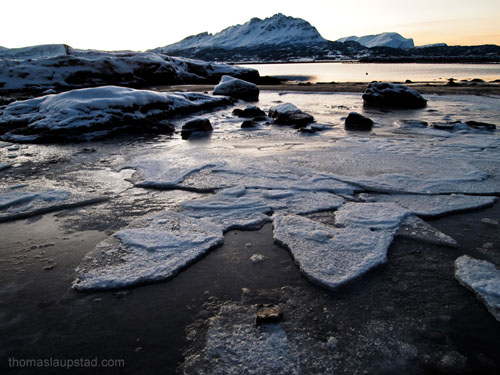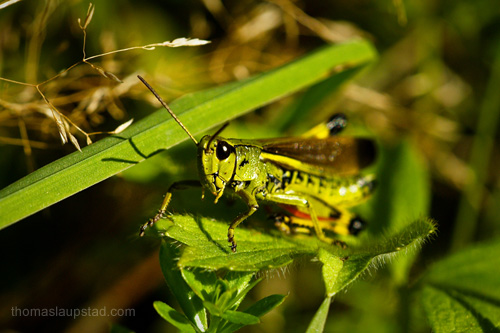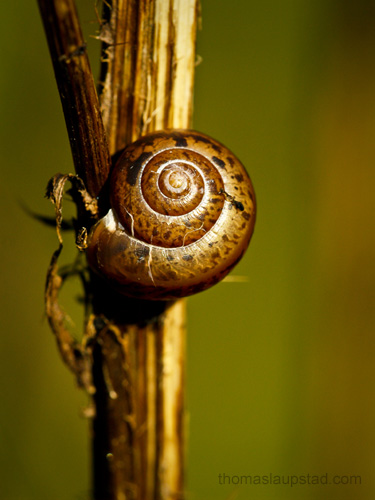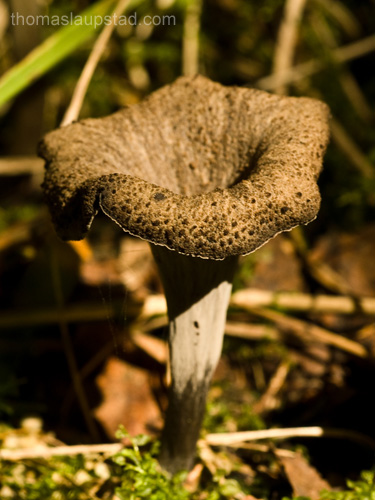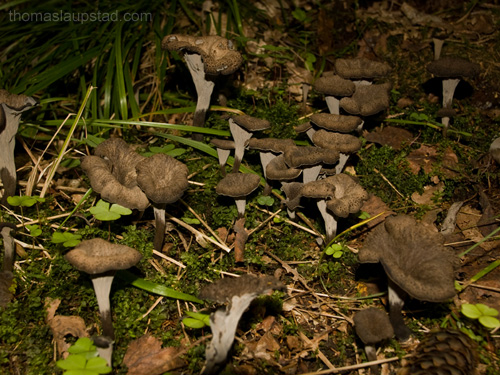Close up picture of viviparous lizard / common lizard (Zootoca vivipara)
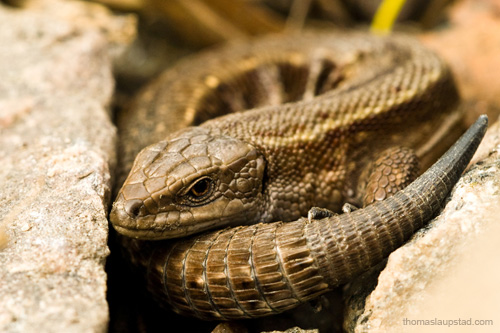
Taken with Olympus E500 digital camera April 18th 2011. Click image for larger view.
The viviparous lizard (Zootoca vivipara) is the only lizard that lives in Norway. It is also known as common lizard and can be found in large parts of Norway. I’ve never seen lizards in Northern Norway, but they are found in a few places in Nordland and Troms, and in large parts of Finnmark. On Nesodden I have often observed lizards on rocks in the sun that disappears quickly when they come aware of risks. According to Wikipedia the common lizard preys on insects and spiders, but is hunted by birds and snakes.
I found this lizard under a stone where it lay perfectly still. It had not woken up from hibernation and thus I got the chance to get close in on the lizard to take this picture. I recommend you to click on the image to see it in large size.
Please check out my other close up / macro images on this page.
Information about the picture:
Camera: Olympus E-500 digital SLR camera
Exposure 0.01 sec (1/100)
Aperture f/8.0
Focal Length 150 mm
ISO Speed 400
Lens: Sigma 150mm F2.8 EX APO DG HSM Macro
Location: Fjellstrand in Nesodden, Akershus in southeast of Norway
Close up picture of viviparous lizard / common lizard (Zootoca vivipara) Read More »

